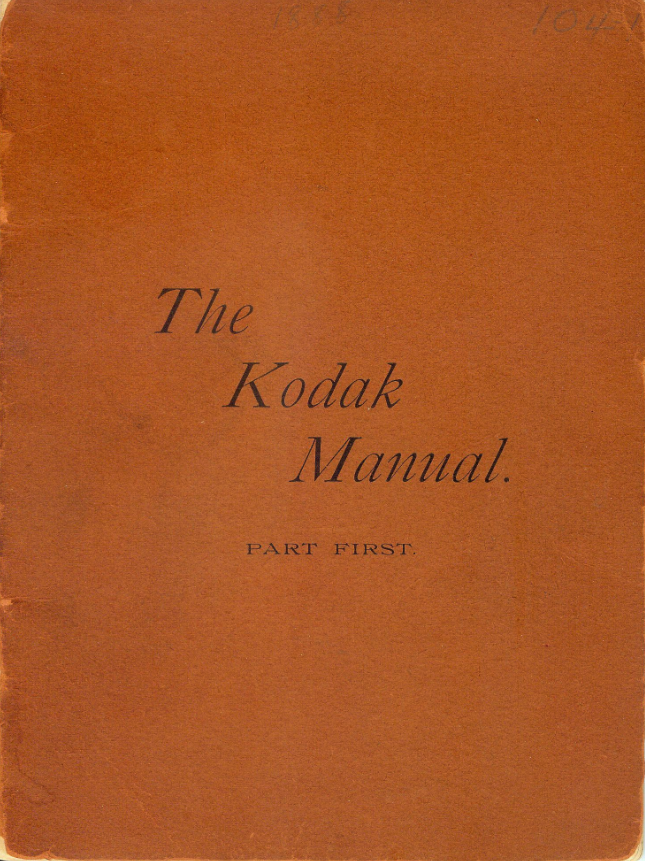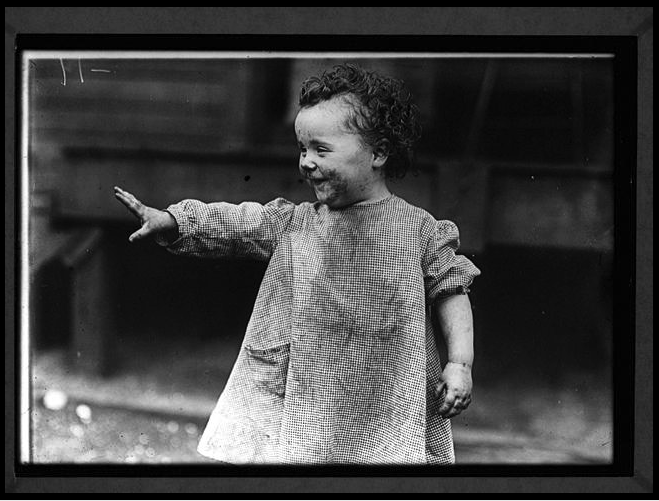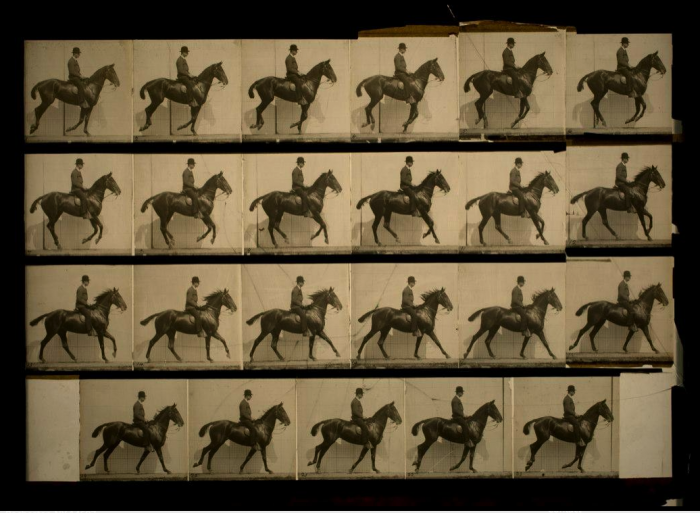“Before the law sits a gatekeeper. To this gatekeeper comes a man from the country who asks to gain entry into the law. But the gatekeeper says that he cannot grant him entry at the moment. The man thinks about it and then asks if he will be allowed to come in later on. ‘It is possible,’ says the gatekeeper, ‘but not now.’ ” So begins Franz Kafka’s “Before the Law,” a short story first published in 1915 but still resonant just over a century later.
It takes no great intimacy with the work of the man who also wrote the likes of “The Metamorphosis” and The Castle, which ultimately drove his name into the lexicon as a byword for absurdly intransigent bureaucracy and the irony of struggling against it, to figure out whether the man ever does get to see the law. Most readers now first encounter the text of “Before the Law” when they read a priest telling it to Josef K, protagonist of Kafka’s posthumously published 1925 novel The Trial. Some see it before they read it in the form of the pinscreen animation (by Alexander Alexeieff and Claire Parker, the masters of that recherché art) that precedes Orson Welles’ polarizing cinematic adaptation of the book.
A few years ago, the Barcelona-based animator Alessandro Novelli created his own update of the parable, The Guardian. Using a mixture of two- and three-dimensional animation in a stark, line-drawn-looking black and white, it envisions the man (sporting a thoroughly modern beard and pair of severely tapered pants) and his journey through mountains, woods, and cities to the gate. Once he reaches it, his lifelong standoff with the gatekeeper opens up a number of unexpected visual realms, taking us atop a chessboard, inside an alarm clock, beside falling dominos, deep underwater, and up into the night sky.
Unlike Alexeieff and Parker’s straight adaptation, The Guardian extends the story: Kafka’s stern sentinel and his utterly impassable portal turn into a challenge aimed more at the man’s fortitude. “Wherever it is you go to now,” says the gatekeeper after he has finally given the aged and weakened protagonist his chance, “remember this gate, and that this gate existed and was opened just for you. Yet you never found the strength to cross it.” In Kafka’s original, when the gate closes, it closes with an existential finality; in Novelli’s it re-opens “for the ones who will come. For the ones who will be brave.”
Related Content:
Kafka’s Parable “Before the Law” Narrated by Orson Welles & Illustrated with Pinscreen Art
Watch Franz Kafka, the Wonderful Animated Film by Piotr Dumala
Kafka’s Nightmare Tale, ‘A Country Doctor,’ Told in Award-Winning Japanese Animation
Franz Kafka Story Gets Adapted into an Award-Winning Australian Short Film: Watch Two Men
What Does “Kafkaesque” Really Mean? A Short Animated Video Explains
Based in Seoul, Colin Marshall writes and broadcasts on cities and culture. He’s at work on a book about Los Angeles, A Los Angeles Primer, the video series The City in Cinema, the crowdfunded journalism project Where Is the City of the Future?, and the Los Angeles Review of Books’ Korea Blog. Follow him on Twitter at @colinmarshall or on Facebook.









